Overview
Russian Sage also known as Salvia yangii is a woody perennial plant native to Central Asia. It is known for its tall, airy spires of small lavender-blue flowers and finely divided, aromatic silvery-gray foliage. Blooming from mid-summer to fall, it thrives in full sun and well-drained soil, making it a popular choice for drought-tolerant and pollinator-friendly gardens. This hardy plant adds a soft, wispy texture and long-lasting color to landscapes.
Typical Uses
- Wildlife interest: attracts bees, butterflies, and other beneficial insects, making it a key component in pollinator-friendly or wildlife-supporting garden designs.
- Xeriscaping: Because of its drought tolerance and low water needs, it is a favorite in xeriscapes and sustainable garden designs that aim to reduce irrigation.
- Erosion Control: Its deep root system and dense growth can help in stabilizing dry slopes or embankments, especially in arid environments.
Establishment and Care Instructions
- Planting: The best time to plant is in spring or early fall when weather conditions are mild. Choose an area that gets 6- 8 hours of sun daily and has good drainage.
- Watering: Water regularly during the first growing season to establish deep roots. Once established, water only during prolonged dry periods- Russian Sage is drought tolerant.
- Pruning: Cut back stems to 6-12 inches above ground in late winter or early spring before new growth emerges.
- Fertilizing: Low to no fertilization is required, as too much fertilizer can lead to floppy growth.
Special features and Usage:
- Flowers: Produces abundant lavender-blue flowers from mid-summer through fall, offering extended seasonal interest when many other perennials are fading.
- Foliage: Silvery-gray leaves are highly aromatic when crushes, releasing a pungent, sage-like scent that deters deer and rabbits.
- Low maintenance: Requires minimal pruning, resists pests and diseases, and generally thrives with little intervention.
- Heat and Wind Resistant: Performs well in hot, dry, and windy environments. Including coastal or high-sun landscapes where other plants might struggle.
- Pet Friendly: Non-toxic; Safe option for households with dogs or cat to roam the garden freely.
- Foundation planting alternative: With careful pruning, Russian Sage can be used in place of traditional shrubs in foundation beds, especially where airflow and sun are strong, offering a softening effect without blocking windows or structures.

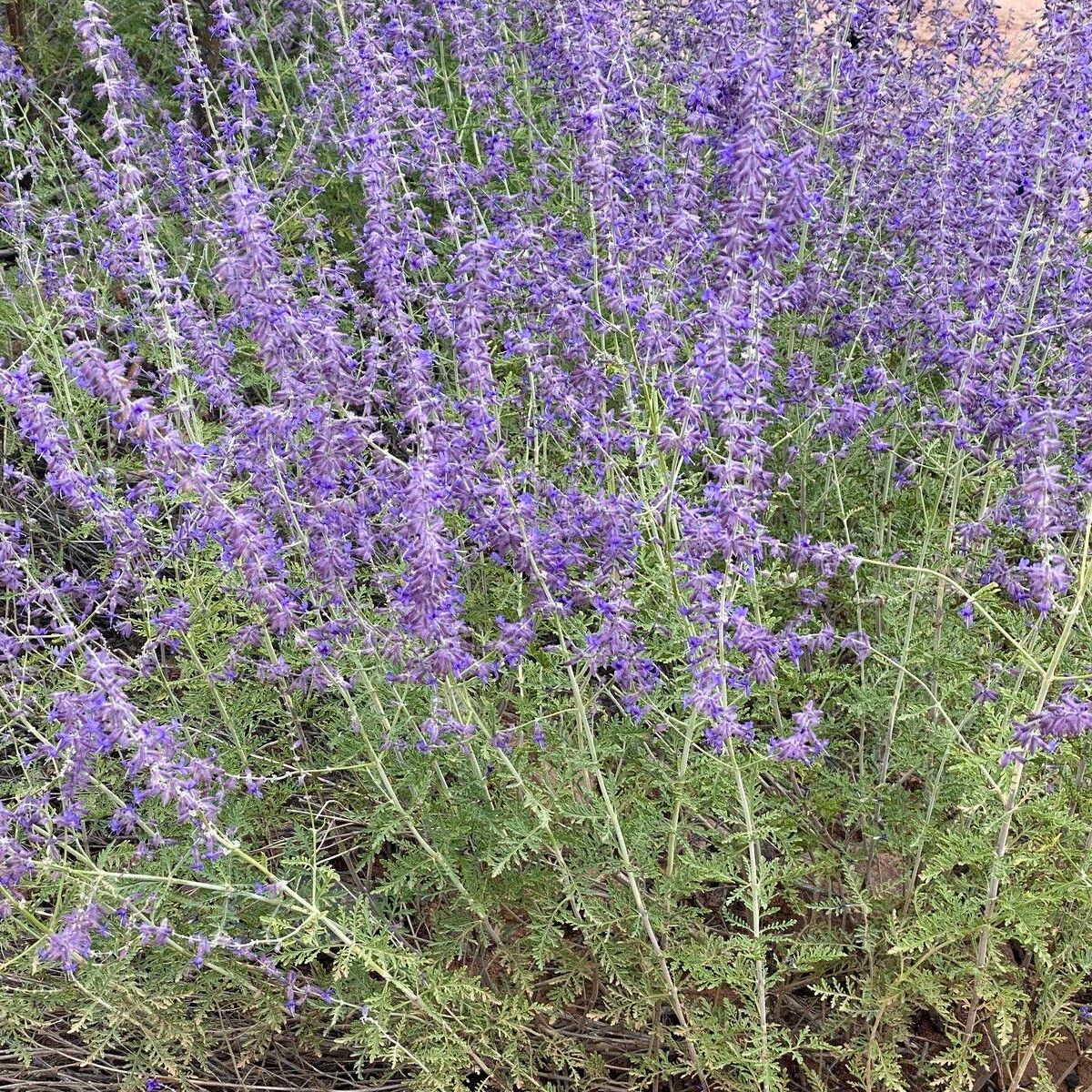
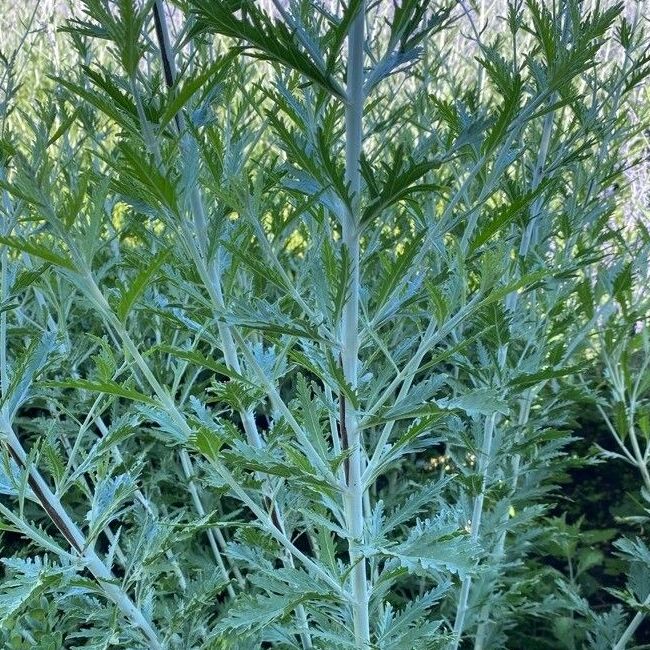

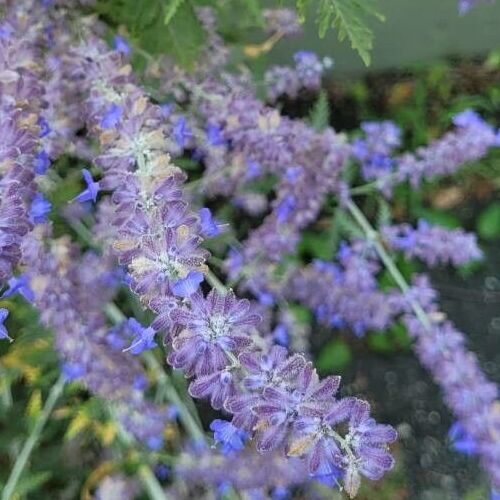
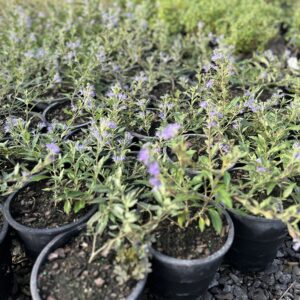

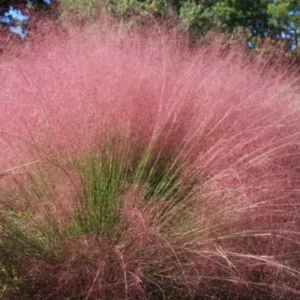
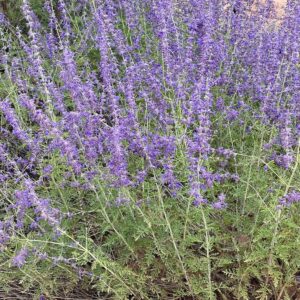
Reviews
There are no reviews yet.